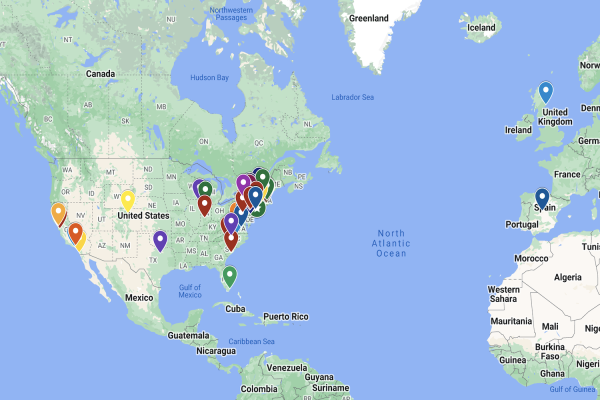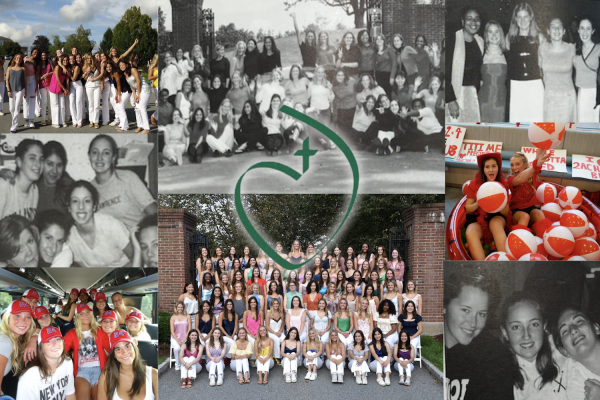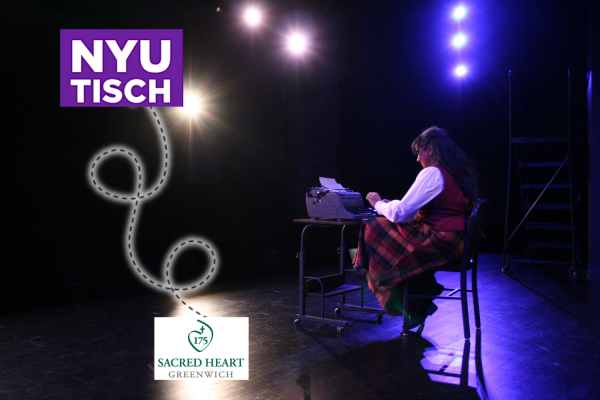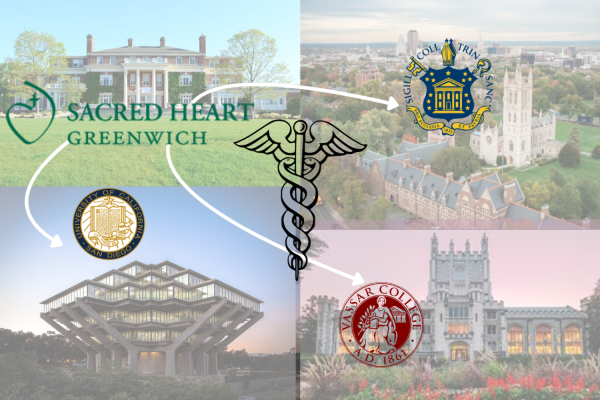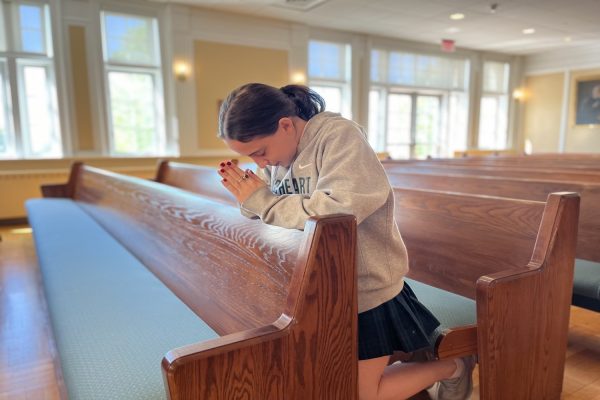The history of Christmas trees
Christmas trees have been an annual holiday tradition for centuries.
Decorating and displaying evergreen trees has become a widely popular annual Christmas tradition. The origin and symbolism of evergreen trees as a global holiday trademark dates back to the traditions of ancient countries and religions.
The televised lighting of the Rockefeller Center’s inaugural Christmas tree in New York City, New York is a favorite holiday tradition among Americans. During the holiday season, the tree receives an estimated 750,000 visitors per day and a total of 125 million visitors every year, according to nycgo.com. Additionally, over 95 million American households displayed a Christmas tree in their home in 2018, according to christmastreeassociation.org. Although Christmas trees are a common tradition, most people do not know the history behind their popularity and symbolism, according to womansday.com.
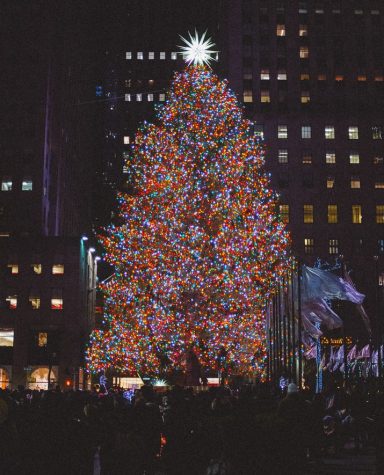
Before the creation and spread of Christianity, ancient Egyptians, Romans, and Vikings hung evergreen boughs over their doors and windows. They believed that the boughs would ward off unwanted evil spirits such as ghosts and witches while serving as protection from illnesses, according to history.com. The evergreen bows also restored hope during the winter solstice because they reminded the ancient peoples of the greenery and warmth that would return in the upcoming spring and summer seasons, according to history.com.
Ancient Egyptians also decorated their homes with green palms to symbolize eternal life. They did this under the belief that their god Ra was recovering from an illness during the winter solstice.
Similar to the Egyptians, ancient Romans celebrated the feast of Saturnalia for their god, Saturn. The ancient Romans adorned their homes and temples with evergreen boughs. These served as a reminder that their farms and orchards would soon be lush. Scandinavian Vikings also displayed the evergreens of their sun god, Balder, throughout the season of the winter solstice, according to history.com.
While historians can trace back the origin of Christmas boughs, the birthplace of the Christmas tree remains a mystery. Latvia is one of the countries that claim that they are the birthplace of holiday trees. Residents believe that a guild called the House of the Black Heads carried a decorated evergreen tree through Riga, Latvia in 1510, according to nationalgeographic.com. However, the people of Estonia also state that the same guild displayed an adorned evergreen tree at a festival in Tallinn, Estonia in 1441, according to nationalgeographic.com.
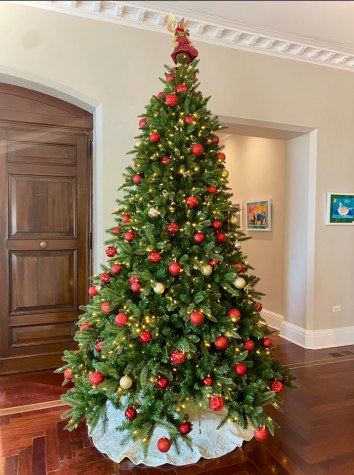
Nevertheless, historical records suggest that the birthplace of modern Christmas trees was Alsace, France, according to Inventing the Christmas Tree. The people of Alsace state that they displayed a Christmas tree in the Strasbourg Cathedral in 1539. This display inspired others in the region and in other countries to also decorate their own Christmas trees.
Early Christmas tree decorations honor the religious origins of the beloved traditions. Apples were a common decoration that represented the fruit from the story of Adam and Eve. In turn, wafers signified the eucharist, according to britannica.com. The first holiday trees also featured a triangular-shaped piece of wood decorated with candles, a star, and evergreens known as the Christmas pyramid. These displays marked the emergence of the classic Christmas tree, according to britannica.com.
German settlers carried the tradition of Christmas trees to North America in the seventeenth century. The tradition gained popularity in Europe a century later. Western missionaries introduced Christmas trees to China and Japan in the nineteenth and twentieth centuries, according to britannica.com.
Featured Image by Chloe Gaudelet ’24

The 2021-2022 school year marks sophomore Chloe’s 9th year at Sacred Heart Greenwich. Chloe is excited to join the King Street Chronicle as one of the...


